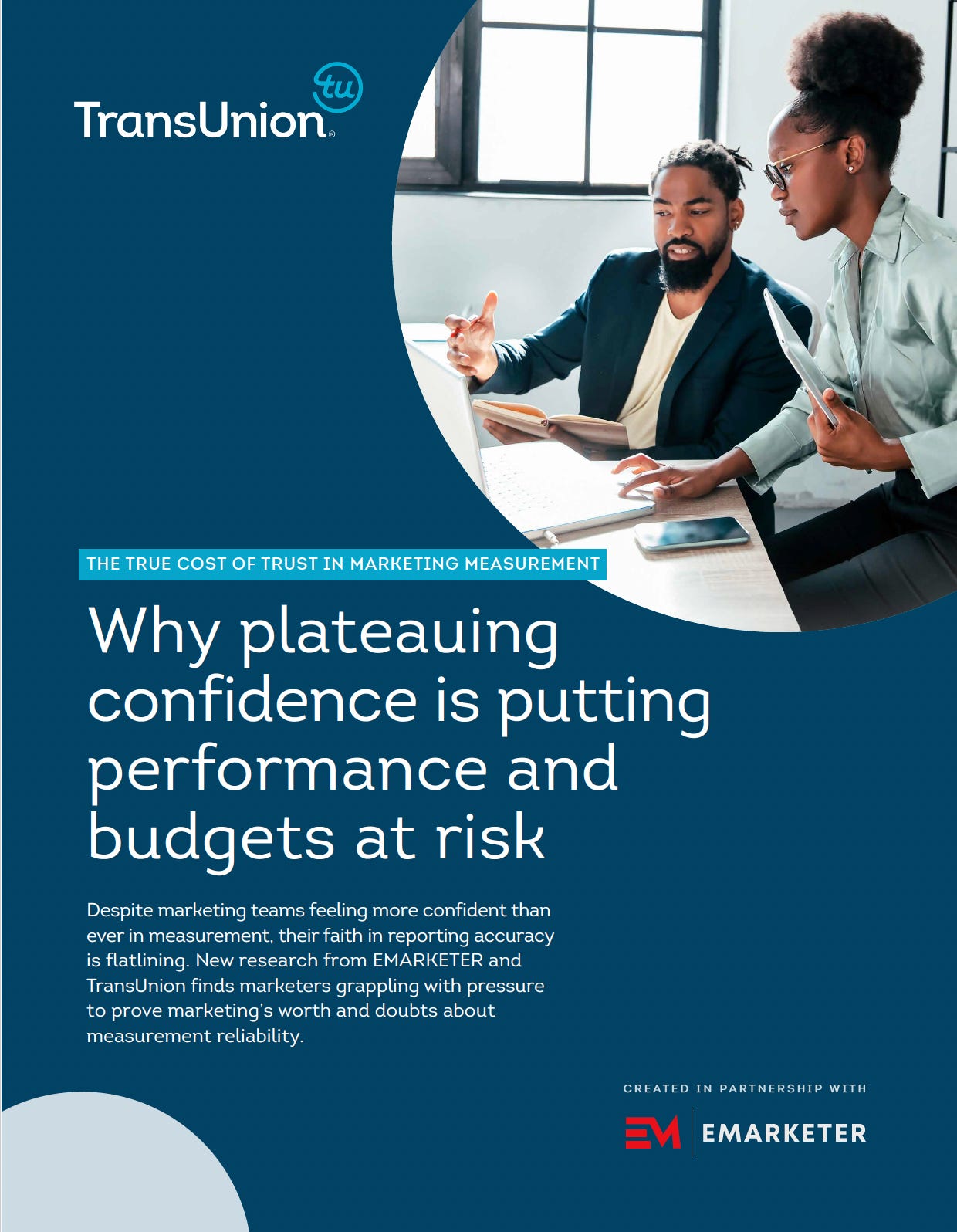The Measurement Paradox
More data than ever. Less confidence than before. Something's broken in marketing measurement and it's costing real money.
Keep reading with a 7-day free trial
Subscribe to The Media Stack to keep reading this post and get 7 days of free access to the full post archives.



